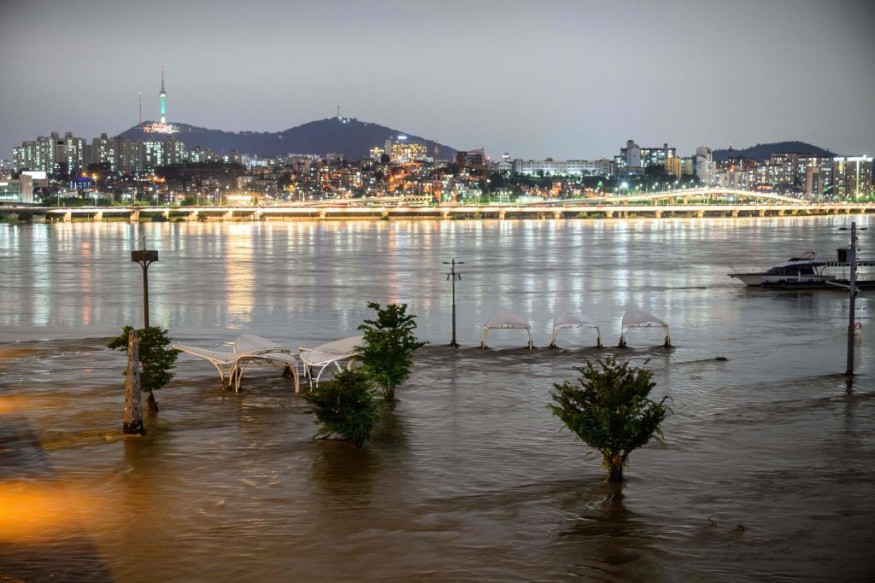South Korea has been partially submerged by flooding due to heavy rain earlier this week, causing multiple casualties, widespread damage, and large-scale evacuation.
The country's capital city, Seoul, and its surrounding were hit hard, as floodwaters inundated residences, commercial establishments, and subway stations.
At least nine people were killed, with some drowning in their homes.
Local authorities confirmed the moderate rainfall on Monday morning, August 8, intensified during the evening, resulting in overnight flooding that transitioned until Tuesday, August 9.
The torrential rain also led to floodwaters swallowing deserted cars and buses, which were only observed after water levels receded on Tuesday.
Multiple weather alerts, including landslide warnings, have been issued in almost 50 cities and towns.
Hiking paths were also closed in Seoul and in the mountainous Gangwon province.
Despite the improving weather, South Korean President Yoon Suk Yeol and its meteorologists warned of the potential continuance of heavy rain in the coming days starting Thursday, August 11.
The recent natural disaster has been one of the heaviest rains seen in Seoul in decades, with North Korea also reportedly battered by the inclement weather in recent days.
This year, South Korean weather authorities announced the start of its rainy season, which normally lasts until August.
Seoul Flooding

On Monday night, rainfall accumulation in the Dongjak district of Seoul reached over 45 centimeters (18 inches).
Precipitation in the area exceeded by 14 centimeters (5.5 inches) per hour at a certain point, making it the highest hourly downpour recorded in Seoul since 1942, according to the Associated Press.
The wet weather also saw the temporary disruption of routes linking towns north of Seoul.
Dozens of roadways, including main expressways, near the overflowed Han River, were closed either due to rising water levels or partial flooding, the US media outlet reports.
Also Read: South Korea Flooding: Three Killed, 195 Displaced, More Rains and Floods in the Coming Days
Flood Damage and Evacuation
Over 500 people have been evacuated and transferred to makeshift tents provided by the Interior and Safety Ministry, which also gave beds, blankets, and other aid items, according to CNN.
Approximately 2,800 structures, including houses, shops, and retaining walls were damaged, which the safety ministry adds that majority have been repaired as of Wednesday morning, August 10.
Seoul's business and leisure area Gangnam district, as well as several regions south of the Han River, were affected by raging floods.
The so-called upscale, modern district witness its buildings and stores being submerged and losing electricity.
South Korea Rainy Season
The Korea Meteorological Administration (KMA) previously announced that this year's rainy season has officially started on June 23, according to The Korea Times.
During the said period the KMA highlighted amount of precipitation will be high as strong atmospheric pressure in the southern part of the North Pacific Ocean will produce a substantial amount of water vapor.
A heat wave in June, which the weather agency forecasted, could have also influenced the heavy downpours in the weeks and months to come.
The latest Seoul flooding came after four years when severe flooding killed 76 people in North and South Hwanghae provinces in August 2018, according to ReliefWeb, a humanitarian information portal under the United Nations Office for the Coordination of Humanitarian Affairs (OCHA).
Related Article: South Korea Is Sinking Due To Climate Change and Sea Level Rise
© 2025 NatureWorldNews.com All rights reserved. Do not reproduce without permission.





